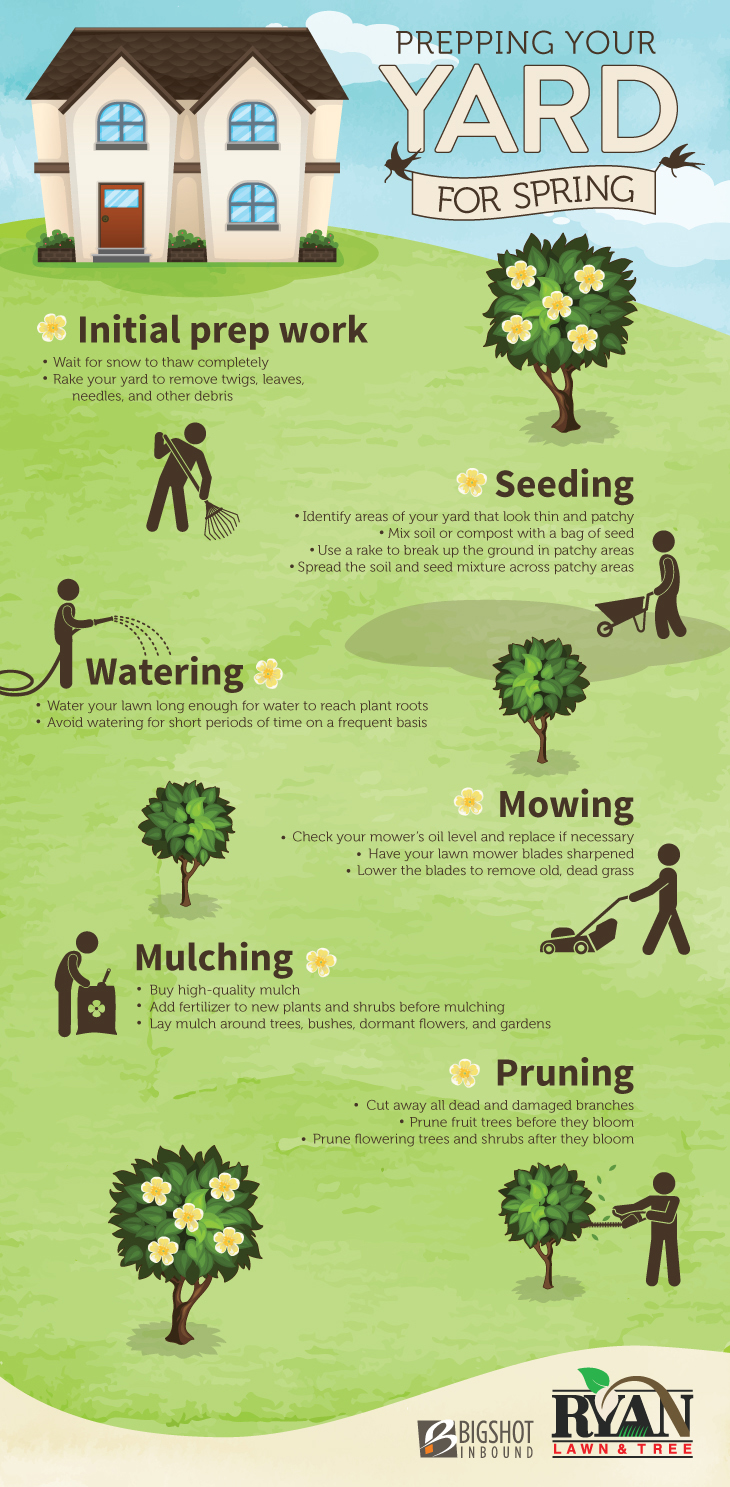Post-Tree Elimination Upkeep: Reliable Methods For Landscape Repair
Post-Tree Elimination Upkeep: Reliable Methods For Landscape Repair
Blog Article
Writer-Berman McKinnon
After a tree's removal, your landscape might look rather different, and it's vital to assess the aftermath thoroughly. You'll wish to evaluate the dirt disruption and examine bordering plants for any kind of signs of tension. Neglecting these factors can lead to larger issues down the line. So, what should you make with those stumps and roots? And how do you select the most effective plants for your revitalized room? Let' Tree Pruning Services Near Me out these important steps.
Evaluating the Consequences: Reviewing Your Landscape
After a tree elimination, it's vital to examine your landscape to recognize the impact it has on your backyard.
Beginning by analyzing the area where the tree stood. Try to find signs of soil disruption, and inspect the surrounding plants for any type of tension or damages.
You need to additionally make note of exactly how the elimination has actually changed sunlight direct exposure and airflow in your yard. This change can impact the development of nearby plants, so it's essential to evaluate their health and wellness.
Take into consideration the aesthetic aspects also; the removal may create an open space that you can revamp.
Lastly, think of any prospective erosion issues that could occur from the tree's lack. Attending to these factors early will help recover equilibrium to your landscape.
Dealing With Stumps and Roots: Options for Removal
When you have actually examined the results of the tree removal, you'll likely need to tackle the stump and roots left.
You have a couple of options for removal. One efficient method is stump grinding, where a specialist makes use of an equipment to grind the stump down to underground level. This method leaves very little disruption to your landscape.
If you choose a DIY technique, you can use a mix of digging and chemical stump eliminators. Simply bear in mind, this process can take some time and effort.
Conversely, think about leaving the stump as an all-natural attribute, which can work as an unique garden element or environment for wildlife.
Whatever you pick, attending to the stump and origins is necessary for recovering your landscape.
Choosing the Right Plant Kingdoms for Your New Area
As you assess your freshly removed space, selecting the right plants can substantially improve your landscape's elegance and performance.
Beginning by thinking about the sunlight and soil conditions. For https://www.washingtonpost.com/video-games/2020/05/19/hackers-are-putting-star-fragment-trees-animal-crossing-planting-them-is-big-risk/ , select drought-resistant plants like lavender or succulents. In shaded areas, brushes and hostas grow well.
Think about the dimension and growth routines of your plants; mix perennials and annuals for seasonal range. Do not neglect to integrate native varieties; they require less upkeep and support local wild animals.
Group plants in strange numbers for a much more natural appearance and develop layers for aesthetic depth.
Lastly, guarantee you have a mix of shades and textures to keep your landscape dynamic throughout the periods.
Pleased growing!
Conclusion
Finally, restoring your landscape after tree removal is a fulfilling procedure. By analyzing the consequences, attending to stumps and origins, and choosing the right plants, you'll develop a growing setting. Don't neglect to incorporate erosion control procedures to protect your dirt. With a little initiative and treatment, you can transform your space into a vivid garden that enhances your home. Welcome the possibility to renew your landscape and appreciate the appeal of nature right in your yard!
